Apple is the most valuable company in the world with very strong profitability. However, Apple's long-term development in the future still depends on breakthrough innovative products.
The sales of Apple Watch are not good, so it is impossible to play such a role. Apple needs a new platform, and Apple CEO Tim Cook knows this. So Cook has repeatedly hinted that Apple's next-generation technology project is augmented reality: integrating software into the real world.
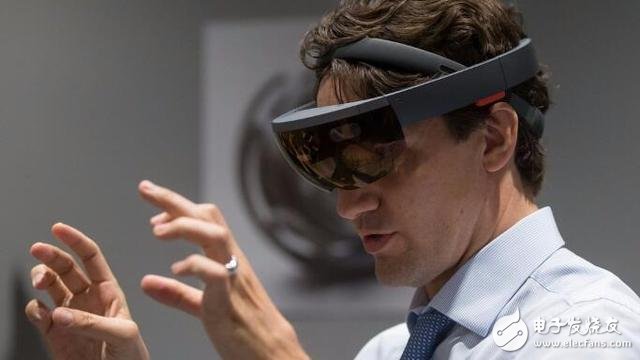
What is augmented reality?
Brian Blau, vice president of research at Gartner, said: "This is a visual technology that expresses the world for you. If you look at augmented reality from this perspective, then augmented reality will be the next generation of heavyweight computing. Platform. This is the long-term prospect."
Augmented reality is the "cousin" of virtual reality. At present, augmented reality means you can lift your smartphone and let the software use the camera to identify landmark buildings, hidden Pokemon, or translate text on road signs.
Ultimately, the form of augmented reality will be smart glasses, even smart contact lenses, that seamlessly integrate computer images into real-world images.
In a recent public speech, Cook mentioned augmented reality almost every time.
Gene Munster, managing director of the US investment bank, said: "You know, this technology is coming. Apple last did it before the launch of the iPhone. They said that they would be in the mobile phone market. Actions. Before the launch of the Apple Watch, they were also discussing wearables and said that the device on the wrist was a good choice."
He said: "It is rare for Apple to clearly emphasize that a certain technology is coming."
Analysts and industry insiders point out that if he analyzes Cook's recent talk about augmented reality, a speech at an event in Utah in October, he seems to portray Apple's strategy to open up the augmented reality market in the future.
In his speech, Cook revealed the following strategies:
- Integrate important modules of augmented reality, such as the ability of the camera to recognize objects, into iPhone software and Apple applications in the short term.
- Integrate augmented reality hardware, such as 3D sensors, into the iPhone. This technology may come from Apple's 2013 acquisition of PrimeSense, which helps devices understand the environment compared to ordinary cameras.
- Open the platform to developers. Developers will be able to develop augmented reality applications without having to deal with complex computer vision algorithms. Senior researchers at Apple and other companies are conducting research in this area.
- Release a product focused on virtual reality when the technology is ready, which may be smart glasses. This product will support all augmented reality applications developed for the iPhone.
KGI Securities analyst Guo Mingxi said in a research report last week: "Augmented reality is linked to all of Apple's current business. The key is that Augmented Reality brings an innovative human-machine interface that can be used in a variety of devices and applications. Apple's past All success is related to the human machine interface."
"First to achieve operating system support"
UBS analyst Steven Milunovich said in a research report last week: "We believe that Apple may integrate preliminary augmented reality features in iOS 11 systems." iOS 11 is expected to be next year. Released in June.
There are already signs that Apple is trying to integrate some of the headset-related features into the iOS system. In 2015, Apple acquired Metaio, which developed a mobile augmented reality browser and a full set of augmented reality tools.
Last month, developer Steve Troughton-Smith discovered interesting features related to headsets in the iOS system. He said that these features seem to have been removed by Apple.
Trutton-Smith said: "I think that simple virtual reality like Google's Cardboard is very different from real virtual reality. They may realize that if they want to develop this business seriously, then they have appeared. Directional error."
This is not the first exposure of Apple's augmented reality application. Last year's 9to5Mac website reported that Apple is experimenting with a feature in the map application that provides an augmented reality view in a local list based on the point of interest system.
The report at the time showed: "With this augmented reality feature, the user picks up the iPhone, opens the map app, and points the camera to a specific merchant or location. For example, when pointing to a cafe, the screen will display a virtual menu, or a daily offer. ""
In addition, there are reports that Apple is developing a Snapchat-style messaging application that uses augmented reality to apply filters in real time or to beautify people's faces.
Guo Mingxi said: "We expect that Apple will achieve initial results in augmented reality development in the next 1-2 years, and the use of the iPhone may be the first step."
“Many people rely on smartphonesâ€
Munster said: "Apple's development will be divided into two stages. What Apple may do in the next five years is to make mobile phones more powerful augmented reality devices. They will make clear that the iPhone is an augmented reality platform, and then developers The experience will be created on this basis."
He also said: "The best situation we predict is that augmented reality will become a big selling point next year."
The next step will be to integrate depth-of-field sensing technology into the iPhone. For augmented reality, depth of field sensing is very important. If the computer knows how far the object is, then the manipulation on the screen is much simpler.
Apple acquired Israel's 3D sensor company PrimeSense in 2013. A large part of Apple's chip design work is done in Israel.
PrimeSense's technology, especially 3D sensor technology, has not yet appeared on the iPhone. However, the iPhone 7 Plus may provide hardware related to augmented reality.
The iPhone 7 Plus comes with a dual camera. Simply put, the dual camera can be used as a human eye. With a certain mathematical calculation, the camera will be able to sense the distance of the object. However, the camera of the iPhone 7 Plus still has problems.
According to industry experts, the two lenses are too close together to achieve effective depth of field perception. For example, if a person's distance between the eyes is small, it is difficult to perceive the distance of the object. A developer interviewed by Fast Company believes that cameras with accurate depth of field sensing have a maximum pitch of 50 cm.
Developers are eager to develop augmented reality applications for the iPhone. As long as Apple launches an augmented reality platform, such as ARKit, it is expected that developers will soon develop a series of new applications and conduct multi-faceted experiments.
Lenovo recently launched a new phone that integrates 3D sensors based on Google technology.
“Really difficult technical challengesâ€
Apple's next step will be to develop smart glasses, and the current timetable for this is still uncertain. Munster said: "The future of augmented reality lies in wearable devices, but this may be five years later."
Smart glasses have appeared on the market. The Microsoft HoloLens augmented reality device is already available for developers, and a consumer version will be available in the next two years. Google-backed startup Magic Leap also plans to launch products in the next year or two. The company received $1.39 billion in venture capital investments.
According to the Financial Times, Apple is designing headsets in prototype laboratories.
Apple rarely intervenes early in the technology development. There are still several problems with current headsets.
- Weight is heavier than contemporary glasses.
- It is difficult to integrate the battery into the glasses without adding weight. For example, the prototype of Magic Leap has a power cord for connecting the battery.
- Augmented reality devices currently on sale have problems with resolution, color display, and field of view.
- The portability of the headset is not as good as that of the phone.
- It is not clear at this time whether the public will accept headsets.
It's hard to guess why Apple is pinning the company's future on a technology that may never be able to grow.
Bank of America Merrill Lynch expects that by 2020, in a $90 billion to $117 billion market, real-world enhancement will account for 75% of the market. But this sounds too optimistic.
Apple's competitors in this area are obvious. Microsoft launched a new computer last month. Instead of focusing on Windows, Microsoft is more focused on 3D modeling and HoloLens devices.
Microsoft missed the mobile market. In the past quarter, Apple accounted for 100% of the smartphone market. Therefore, if Microsoft wants to become a heavyweight platform company again, then you need to find the next generation platform. Many veterans believe that this will be an increase in reality, even if this market is still in its infancy.
Blau said: "At present, Microsoft focuses on the commercial application of HoloLens, and this is not the area of ​​concern for Apple. They focus on consumer technology for everyone."
He also said: "If Apple moves, it will be technology for everyone."
In Silicon Valley, Apple is unique in that it has the ability to design unique hardware and software for specific projects. Apple is still one of the best companies in the user interface and design arena. If you launch a consumer-reality enhancement application based on this, you will be able to lead almost all technology companies in this field.
If Apple completes this transformation, it will be able to maintain its position as the world's most valuable company for a long time. If you can't do this, then Apple will become a boring company. Cook looks similar to Microsoft's former CEO Steve Ballmer. Microsoft under Ballmer missed an important computing platform.
Why Use Battery-powered Generator?
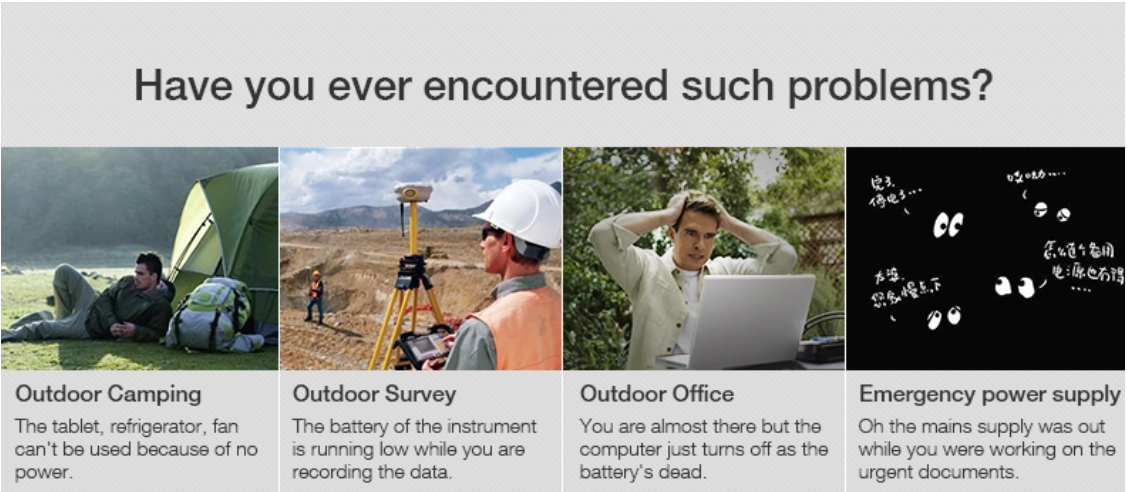
When you are camping outdoors, starting a RV life, or suffering power outages that last a few days, facing emergency situations, power supply must be one of the most critical concern. As a leader of Lithium Battery industry for more than 10 years, UFO POWER would like to give you a ideal solution for power supply. This UFO lithium portable power station will allow you to enjoy a better outdoor time or deal with emergency situations. One of the best features is the fan-free design. Without noisy motors or noxious exhaust fumes, this portable power station is clean for use and provides a no noise and peaceful environment in the quiet dark night for users.
Mobility, portability, versatility are three main advantages of portable power station.
- Mobility refers to the on-the-go power solution wherever you are. Users can recharge their digital appliances anywhere, such as in a forest adventure, on the top of mountains, or even in a basement.
- Portability means the compact size and light weight of this power station. The UFO solar generators are equipped with lithium batteries, which can provide a safe and perfect battery performance with a longer service life. UFO POWER offers 500Wh and 1000Wh Portable Power Station to cater to your specific needs for power supply.
Multi-Function Power Supply Device
It is a safe, clean and reliable power source which is mighty enough to charge various mobile devices, laptops, and it can even power the most demanding electrical appliances.The UFO portable power station is a range of rechargeable lithium batteries providing several ways of power supply, including
·AC Power Socket
·12V DC Port
·USB Port
·Type-C Port
·Car Jump Starter
Three ways to charge the solar generator
1.AC Wall Outlet2.Car Charging
3.Solar Panel Charging
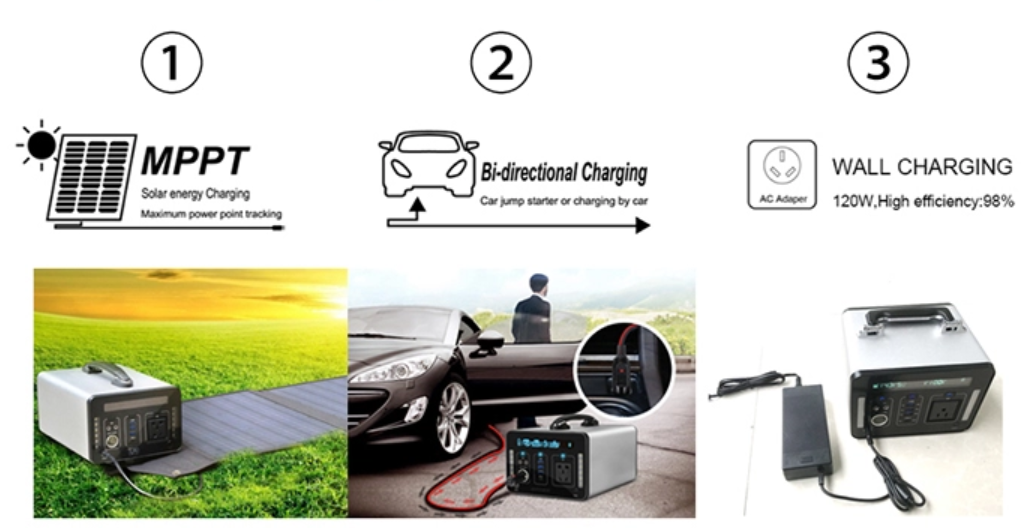
Wide Application
-- Storm
-- Power Failure
-- Emergency
-- CPAP
-- Fishing
-- Camping
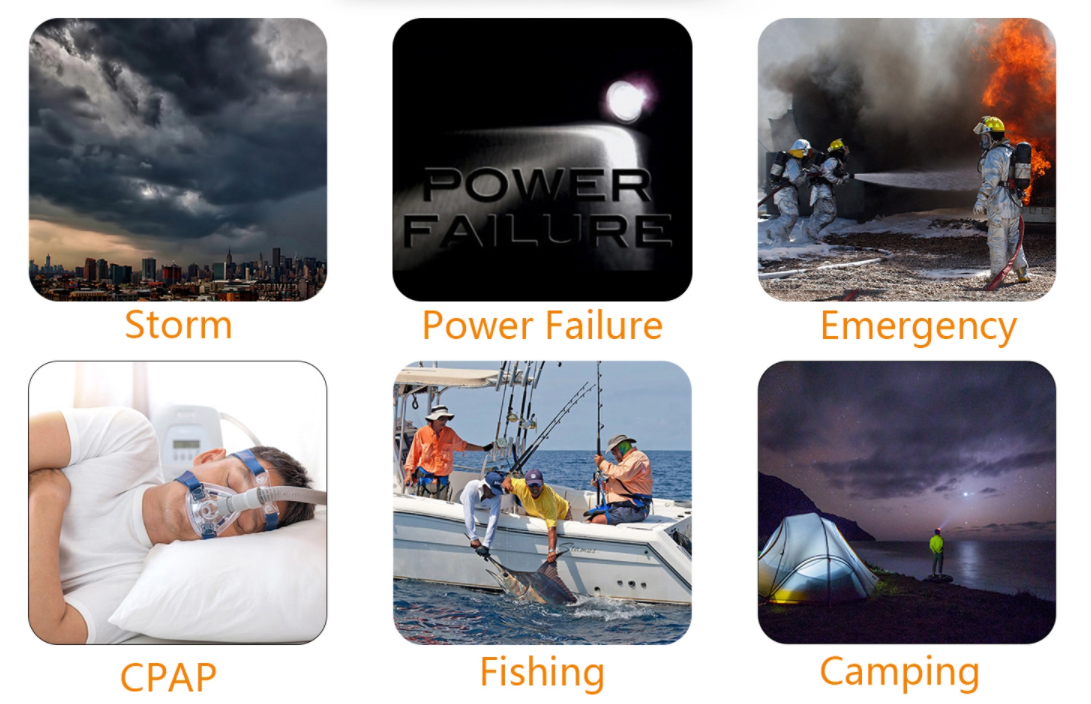
Long Service Time for Electronic Gear
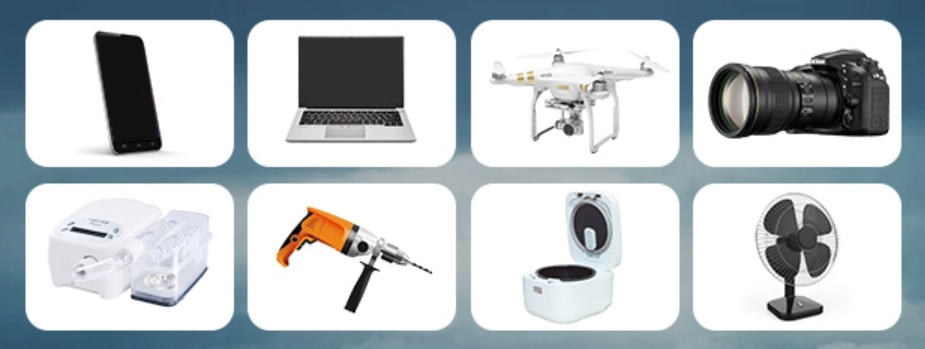
Portable Solar Generator,Solar Generator,Portable Solar Power Generator,Multifunction Lithium Battery
ShenZhen UFO Power Technology Co., Ltd. , https://www.ufobattery.com